Think about installing a stacked stone backsplash in your kitchen if you want to give it a more natural feel. In fact, stacked stone is a rustic veneer that is made of thin stone slabs that will be used on the walls of the kitchen to protect them from heat and any spills that may occur. Even better, the protective facing may be purchased in a wide variety of stone types, such as quartzite and marble, to meet your specific needs. And when it comes to stunning, rough textures, you may choose from alternatives that vary from tough and three-dimensional to tumbling variations that resemble hand-chiseled bricks. The natural beauty of the stacked stone is timeless and will never go out of style while also providing years of wear-resistant elegance. We have a wide selection of natural stacked stone ledger panels, porcelain stone-look panels, and split face wall tiles available for purchase in a variety of colors and styles. There is no simpler way to construct a stone backsplash, fireplace facade, shower surround, or another vertical area than with this material, which is renowned for its coziness, luscious texture, and intricate architectural detail.  Are you thinking of installing a stone backsplash in your kitchen? To begin with, I applaud your excellent decision. They are stunning, will never go out of style, and will inject a great deal of personality into any kitchen. When making your selection, you have the option of going one of two very different aesthetic routes: you may go with rough, textured piled stones that produce a rustic, organic appearance, or you can go with sleek, contemporary stone backsplashes such as quartzite or marble. However, stone backsplashes do come with a few limitations that should be considered. If you are a passionate home chef, you should probably steer clear of piled, rough stones or commit to a regular cleaning program since stray oil and spills will always make their way into the nooks and crannies of the surface. Additionally, natural stone must be resealed on a consistent basis. How frequently? That is dependent on the kind of stone (for example, travertine is more porous than granite, which means that it will need to be sealed more regularly), but you should probably plan on resealing it once per year or every other year at the very least. Stone backsplashes provide a limitless amount of beauty and elegance to the room that everyone’s favorite place to gather in, provided that you are willing to commit to a little bit of care.
Are you thinking of installing a stone backsplash in your kitchen? To begin with, I applaud your excellent decision. They are stunning, will never go out of style, and will inject a great deal of personality into any kitchen. When making your selection, you have the option of going one of two very different aesthetic routes: you may go with rough, textured piled stones that produce a rustic, organic appearance, or you can go with sleek, contemporary stone backsplashes such as quartzite or marble. However, stone backsplashes do come with a few limitations that should be considered. If you are a passionate home chef, you should probably steer clear of piled, rough stones or commit to a regular cleaning program since stray oil and spills will always make their way into the nooks and crannies of the surface. Additionally, natural stone must be resealed on a consistent basis. How frequently? That is dependent on the kind of stone (for example, travertine is more porous than granite, which means that it will need to be sealed more regularly), but you should probably plan on resealing it once per year or every other year at the very least. Stone backsplashes provide a limitless amount of beauty and elegance to the room that everyone’s favorite place to gather in, provided that you are willing to commit to a little bit of care. 
stacked kitchen backsplash
As a provider of stacked stone backsplashes, we feel that the backsplash is the ultimate finishing touch that pulls everything together for your kitchen design. This is because the backsplash is where food and liquids are stored. Kitchens may benefit from the addition of color, texture, and pattern via the use of backsplashes. One may argue that they are the portion of the design process that is most decorative. However, there is a wide selection of materials that can be used to construct a backsplash. However, the stacked stone may be just what you need to give your kitchen the dramatic and exquisite aspect that you are going for in order to improve its attractiveness further. It is a commonly held belief that using stone that has been piled will make it easier for you to create a variety of effects in your kitchen. The following are a few examples of distinct kitchen backsplash ideas that use stacked stone. 
Backsplash in Charcoal Gray Natural Quartz (Stone)
Your kitchen can benefit from the installation of a charcoal grey backsplash that is topped with natural quartzite. This heat-resistant backsplash has a natural texture, which is impossible to replicate with ceramic or porcelain tile due to the materials’ different firing processes. The hue does a good job of catching up on the ones that are spread across the rest of the kitchen, which is something that not all colors are able to achieve. 
Patterns Consisting of one Color
Using your stacked stone backsplashes in a design that is immaculate and monochrome is another way to utilize them. The light tint of the stones allows them to easily mix in with the other colors in the area, which places a significant focus on the space’s many textures. In this instance, using piled stone for the backsplash will work since it will give the area an understated focal point. This implementation may be able to demand the attention of any visitors who are visiting your modest residence. 
Putting Together a Feature Wall
There are a lot of kitchens that do not have an entire wall devoted to cabinets that takes up all of the space that is available. Floating shelves are rapidly becoming a standard component in the interior design of many houses. Because of this, it is generally a good idea to utilize stacked stone backsplashes as an accent wall because they are able to readily attract the attention of anybody who is in the room. A color that is totally different from the rest of the room might be utilized for the piled stone when it is being used as an accent wall. Not only does it serve as a background for the shelves, but it is also an excellent method to spruce up the overall aesthetic of the space. The use of contrast is one of the most effective ways to increase the overall impact of a design, and the installation of this backsplash may take an ordinary kitchen and make it into a striking one. 
grey stone kitchen backsplash
When it comes to kitchen backsplashes, the grey stone is one of the most incredible possibilities out there. They are aesthetically pleasing, long-lasting, and provide a distinctive flair to the family area. Stone backsplashes aren’t for everyone, but it’s worth a look if you’re searching for a long-lasting and versatile choice.
Several types of stone backsplash
Backsplashes made from natural stone come in a wide variety of styles. Stacking stone backsplashes, tiles, and slabs are all options for stone backsplashes. Stone backsplashes are available in a wide range of colors and textures. Some of the most prevalent types of stone are limestone, soapstone, quartzite, travertine, slate, granite, and slate. It’s important to remember that each stone has its own unique features that might help you decide which one is ideal for you. A wide variety of colors and styles means that granite may be used in a wide range of kitchen designs. It is also long-lasting, firm, and low-maintenance compared to other natural stones. There are many different shades of slate, ranging from brown to green, and it is a stunning natural stone. Slate, on the other hand, is usually a dark grey hue. In addition, it’s long-lasting and has a nice, organic feel. Travertine, a light-colored limestone, is a common natural stone for flooring and countertops. Despite this, it is more durable than other natural stones, despite being more delicate than other stones. In the kitchen, marble is a common choice for a backsplash. A wide range of colors and pricing points are available. Aside from the fact that it is more fragile than other natural stones, An example of a river rock is a stone that the action of the moving water has rounded. They may either be laid flat against the wall or piled in little mounds.  A naturally antibacterial stone, soapstone is a dense stone that may be used in a variety of applications. It is a dark grey color with blue and green overtones. Beautiful white veining may be seen throughout. There are a lot of similarities between quartzite and marble in terms of aesthetics, but quartzite is more affordable and needs less upkeep than marble. It is available in a wide range of hues and veining patterns. Limestone may be utilized for a backsplash in the slab or rough cut form. Despite its lack of durability, limestone lends itself well to rustic architecture because of its natural and rough qualities. A unique natural stone, onyx, exhibits a wide range of color and vein patterns. It is, however, one of the most sensitive stones and must be regularly protected from the elements.
A naturally antibacterial stone, soapstone is a dense stone that may be used in a variety of applications. It is a dark grey color with blue and green overtones. Beautiful white veining may be seen throughout. There are a lot of similarities between quartzite and marble in terms of aesthetics, but quartzite is more affordable and needs less upkeep than marble. It is available in a wide range of hues and veining patterns. Limestone may be utilized for a backsplash in the slab or rough cut form. Despite its lack of durability, limestone lends itself well to rustic architecture because of its natural and rough qualities. A unique natural stone, onyx, exhibits a wide range of color and vein patterns. It is, however, one of the most sensitive stones and must be regularly protected from the elements.


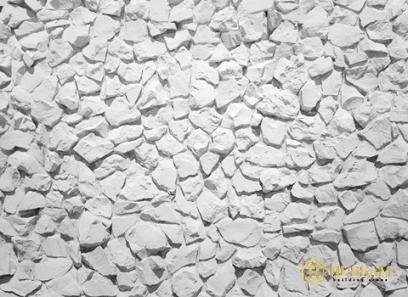
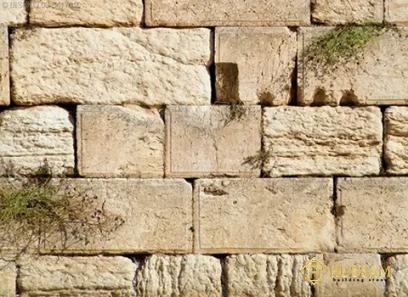
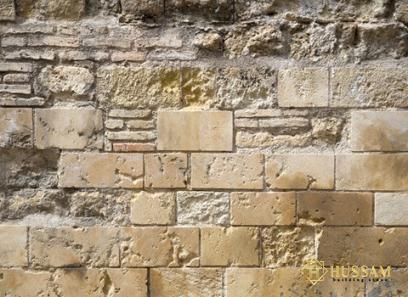
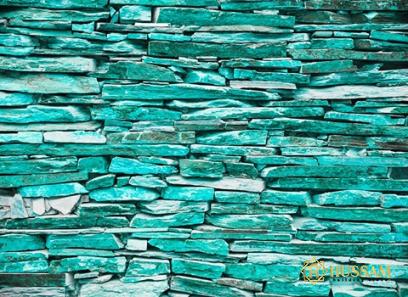
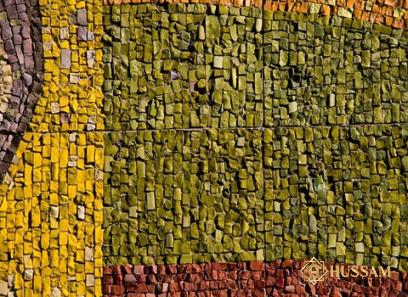
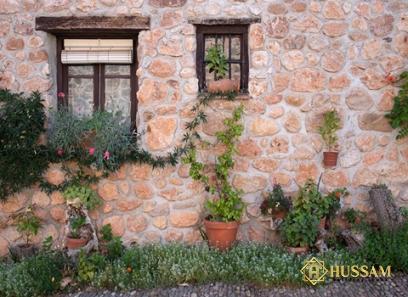

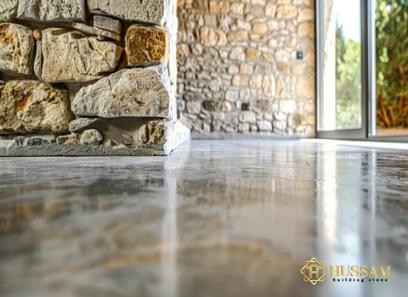
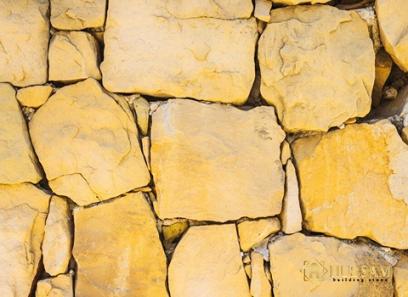
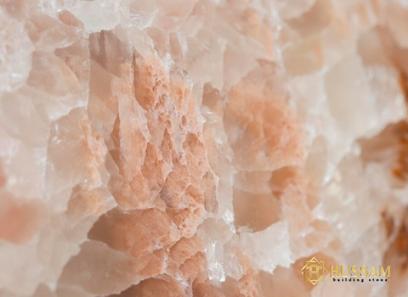
Your comment submitted.